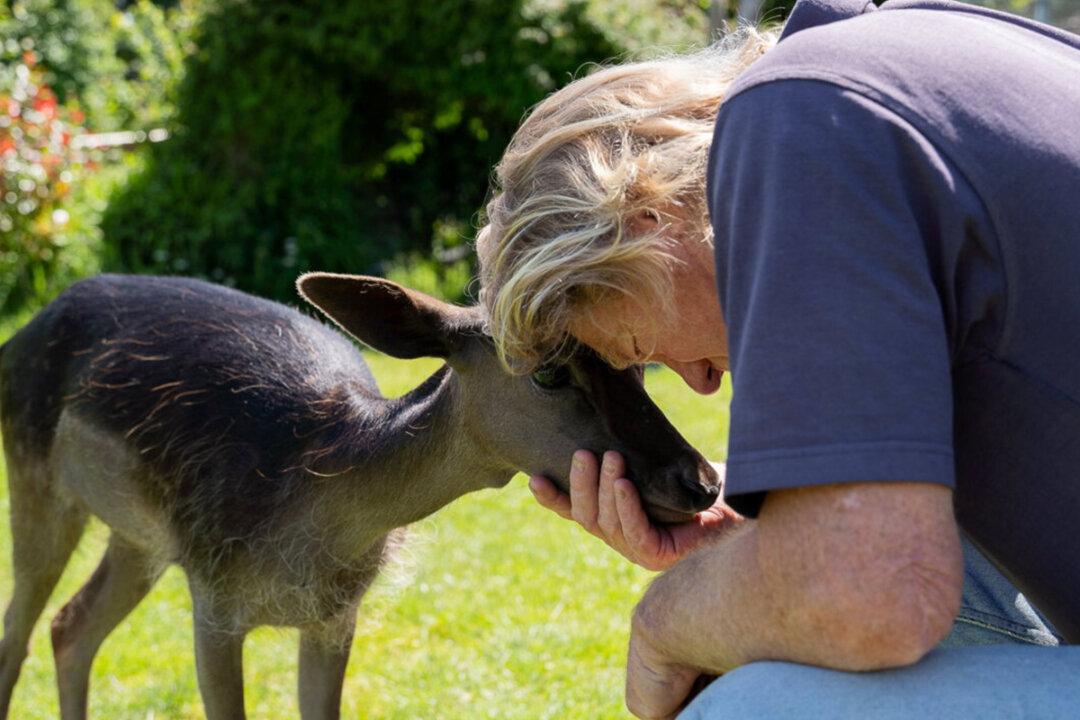A baby deer, hand-reared by an animal rescuer after moving in with his family, is now best friends with his two dogs and even answers to her name.
Milly the fawn was mistakenly rescued from the wild when she was less than 24 hours old.

A baby deer, hand-reared by an animal rescuer after moving in with his family, is now best friends with his two dogs and even answers to her name.
Milly the fawn was mistakenly rescued from the wild when she was less than 24 hours old.